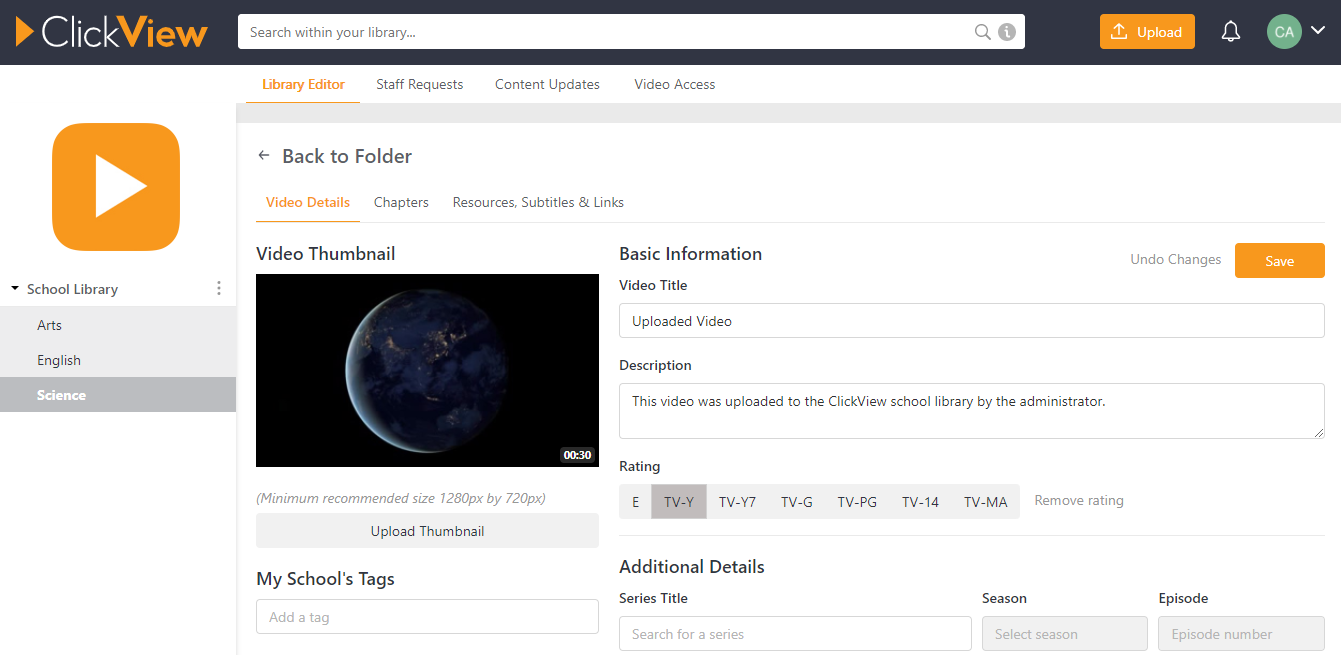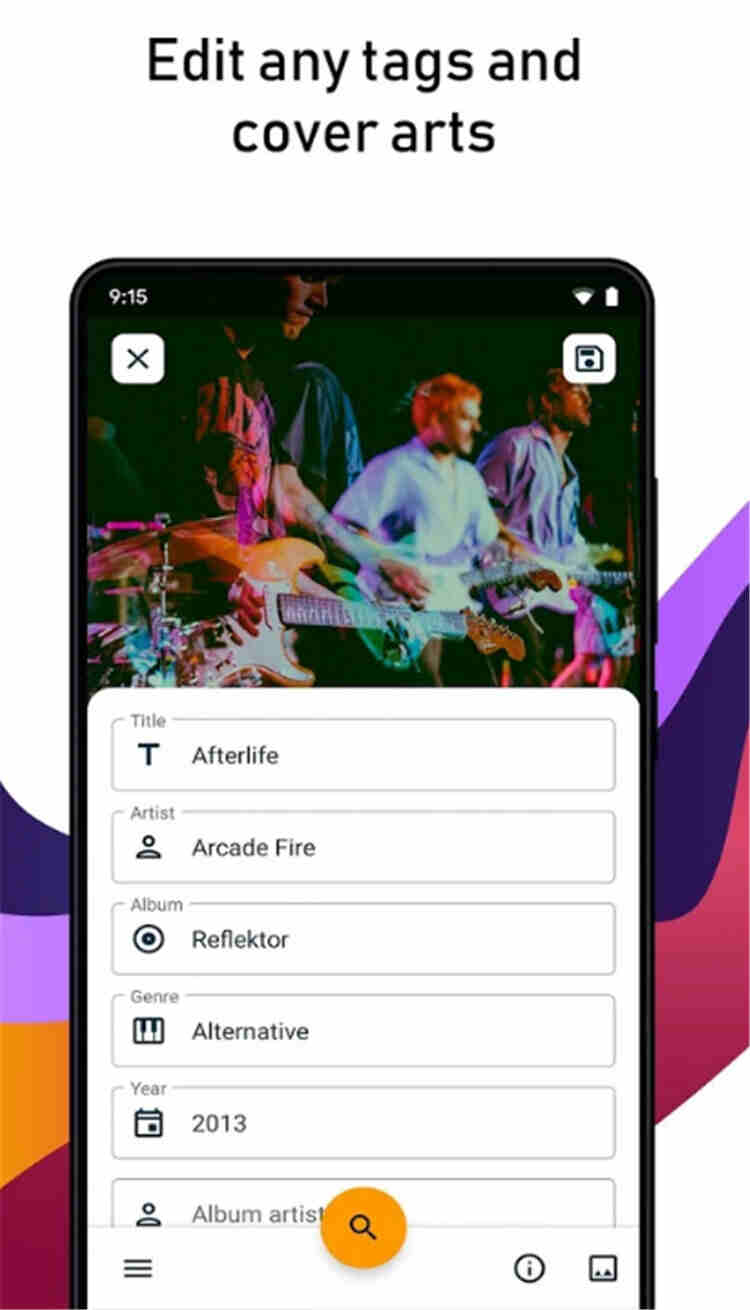
The information stored in the images can tell hackers or people spying on you about your location. Manufacturer and model number of the device usedĪfter reading this, most of you must be thinking what’s wrong with it, correct? If so, you are wrong.Aperture, shutter speed, and ISO speed settings.Data and time when the image was captured.Usually, the information associated with the image includes: This data is collected in the form of Exchangeable Image File Format (EXIF).

Images captured via digital devices have some of the other metadata saved with them. Before getting into details, for those who don’t have much idea about metadata, we will discuss what is EXIF data, the risks involved, etc.Īlso Read: How To Edit & Remove Photo EXIF Data in Mac What is EXIF metadata and what are the risks involved?

Import the post till the end to learn about this extraordinary tool. Here is an update to the foregoing VideoCaptureIntent example that presents the user with the opportunity to associate a title with the newly captured video. Int numRecordsUpdated = getContentResolver().update(videoFileUri, values, null, null) Values.put(, titleEditText.getText().toString()) The possible names are listed as constants in, with most of them being inherited from, MediaStore.MediaColumns, and .ĬontentValues values = new ContentValues(1)

The ContentValues object contains name value pairs, with the names being MediaStore.Video specific column names. Since we have a Uri to a specific record, we don't need to specify anything for the final two arguments, the SQL-style WHERE clause and WHERE clause arguments. We pass in the content:// style Uri and the new data in the form of a ContentValues object. In order to add additional metadata, we can use the Uri returned to update the video's record in the MediaStore.Īs with any content provider, we use the update method on a ContentResolver object obtained from our Context. When triggering the Camera application via an intent, the Uri to the newly recorded video file that is returned is a content:// style Uri, which is used in combination with a content provider-in this case, the MediaStore. As we discussed in Chapter 9, Android's MediaStore content provider has a portion, MediaStore.Video, dedicated to video in addition to the portions for image and audio files and metadata that we have previously looked at.


 0 kommentar(er)
0 kommentar(er)
